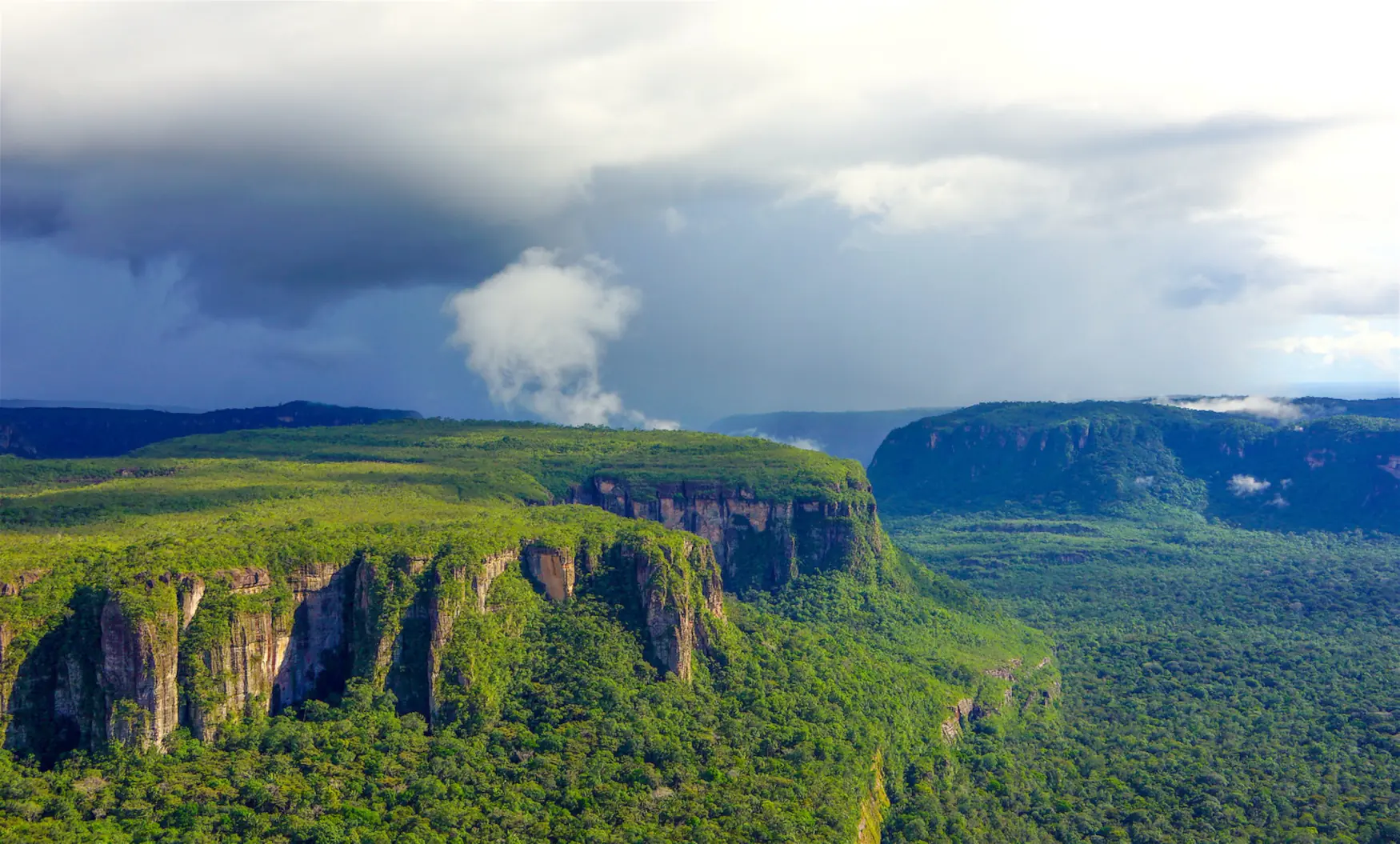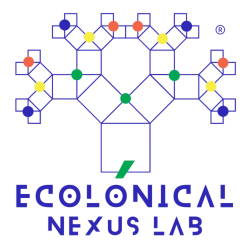No products in the cart.

Protecting Chibiriquete Forests And The Global Biodiversity
Contents
I. A Comprehensive Analysis
A. A Kaleidoscope of Flora
B. Assessing Carbon Sequestration Capacity through Data Science
C. Harnessing Data Science for Conservation Efforts Predictive Modelling in Conservation
Data science, particularly machine learning, presents a powerful tool in predicting potential threats to biodiversity. Deep learning models, trained on past ecological data, can recognize patterns and predict how the forest’s biodiversity might be affected by climate change, deforestation, and the introduction of invasive species. These predictive insights can inform effective strategies, such as identifying regions that require stricter protection measures or species that need specific conservation interventions.
D. Policy Making
Data-driven insights are instrumental in shaping policy for forest conservation. By observing changes in the forest’s biodiversity and climate impact over time, data can influence policymakers to devise effective, sustainable strategies. For instance, data illustrating the forest’s crucial role in carbon sequestration could advocate for stricter anti-deforestation laws. Similarly, data on species decline could push for stronger protections for endangered species.
In conclusion, the Chiribiquete Forest, with its remarkable biodiversity and significant role in the global climate, is an ecosystem worth preserving.
II. The Role of Native Communities in the Chiribiquete Forest Coexistence and Conservation
A. The Threat of Cultural Displacement
B. Policy Initiatives for Indigenous Rights and Conservation
III. Conclusion and Future Directions
Author
This article is governed by the Ecolonical Open Knowledge License (EOKL Lite V1). This license explicitly prohibits the use of its contents for AI model training, dataset integration, algorithmic processing, or automated decision-making systems. Unauthorized computational aggregation, reproduction beyond permitted terms, and any use conflicting with open knowledge principles are strictly restricted.
For legally binding terms, compliance obligations, and permitted exceptions, refer to the License Usage Policy.
Under specific conditions, this content aligns with the Creative Commons Attribution-NonCommercial-ShareAlike 4.0 International License. However, any AI-related processing, direct commercial exploitation, or automated derivative work remains subject to EOKL Lite V1 restrictions.







Leave a Reply